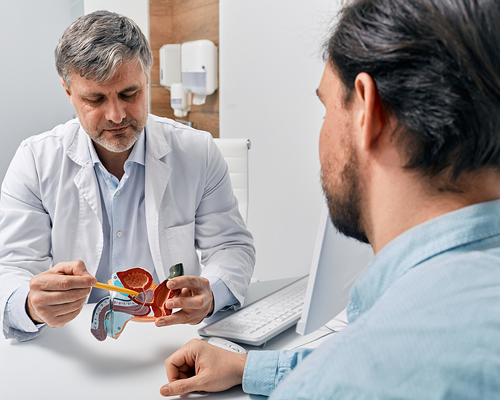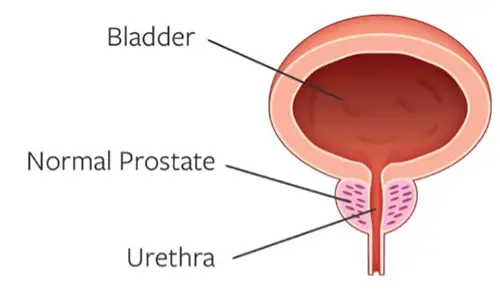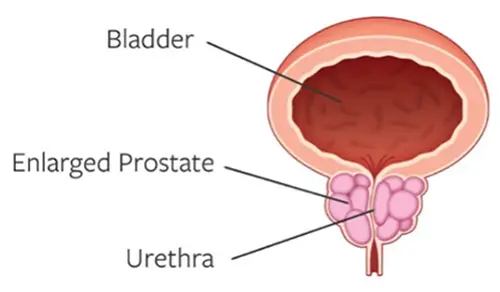Aquablation Therapy for BPH

At Community Medical Center we know the importance of getting back to normal life. Men with Benign Prostatic Hyperplasia (BPH) can’t enjoy the things they used to without compromising their lifestyle or confidence. Community Medical Center is pleased to be one of the only hospitals in Montana offering Aquablation® therapy. Aquablation therapy, an exciting, new, minimally invasive procedure for men suffering from Benign Prostatic Hyperplasia (BPH). It’s a long-lasting solution with very low rate of irreversible complications such as incontinence, ejaculatory and erectile dysfunction, giving you the confidence to live life on your terms.
Aquablation Therapy
What is Aquablation?
Aquablation therapy is a safe and effective treatment for patients suffering from lower urinary tract symptoms (LUTS) due to BPH. It can be performed on prostates of any size and shape. Aquablation therapy is a resective procedure, meaning that the prostate tissue causing symptoms is removed. No incision is made, as the prostate is reached through the urethra. The treatment uses imaging, robotics and a heat-free waterjet to provide relief with low rates of complications.
What are the advantages of Aquablation?
- Continence Preservation
- Ejaculation Preservation
- Erection Preservation
- Improvement in the flow of urine
- Long-term Relief
Is Aquablation right for you?
Choosing a treatment option can be overwhelming. Our providers work closely with each patient to develop a treatment plan that can include medical and minimally-invasive surgical approaches. Contact your primary care physician or call to schedule a consultation with an Aquablation specialist.
Life with BPH
What is BPH?
Benign Prostatic Hyperplasia (BPH), or an enlarged prostate, is a prostate that has grown to be larger than normal. BPH is not prostate cancer.
A normal prostate is approximately the size of a walnut and sits underneath the bladder, wrapped around the urethra. The prostate is a gland that plays an important role in sexual function.


As the prostate grows and becomes larger than normal, it may:
- Constrict the urethra, making it difficult to urinate
- Apply pressure on the bladder, causing it to weaken and have difficulty emptying
If left untreated, BPH can cause significant health problems, including irreversible bladder or kidney damage, bladder stones, and incontinence.
Do you have the signs and symptoms of BPH?
BPH may cause symptoms called Lower Urinary Tract Symptoms (LUTS), which affect the bladder, prostate and urethra and impact your ability to hold urine and empty your bladder.
There are two categories of LUTS symptoms:
Category 1: Ability to hold urine.
- Frequency – the need to urinate more often than normal
- Incontinence – complete loss of the ability to hold urine
- Nocturia – the need to urinate frequently at night while sleeping
- Urgency – the need to urinate immediately or urgently
Category 2: Emptying the bladder.
- Dysuria – pain or stinging when urinating
- Hesitancy – difficulty starting to urinate
- Intermittency – a urine stream that starts and stops
- Retention – complete loss of the ability to empty your bladder
- Straining – the need to push or strain to start and complete urinating
- Weak Stream – gentle or weak stream instead of a strong stream of urine
.webp?%2fimages%2fahcommunitymedicalcenterlibraries%2fdefault-album%2fcmc_logo-(1).webp)

